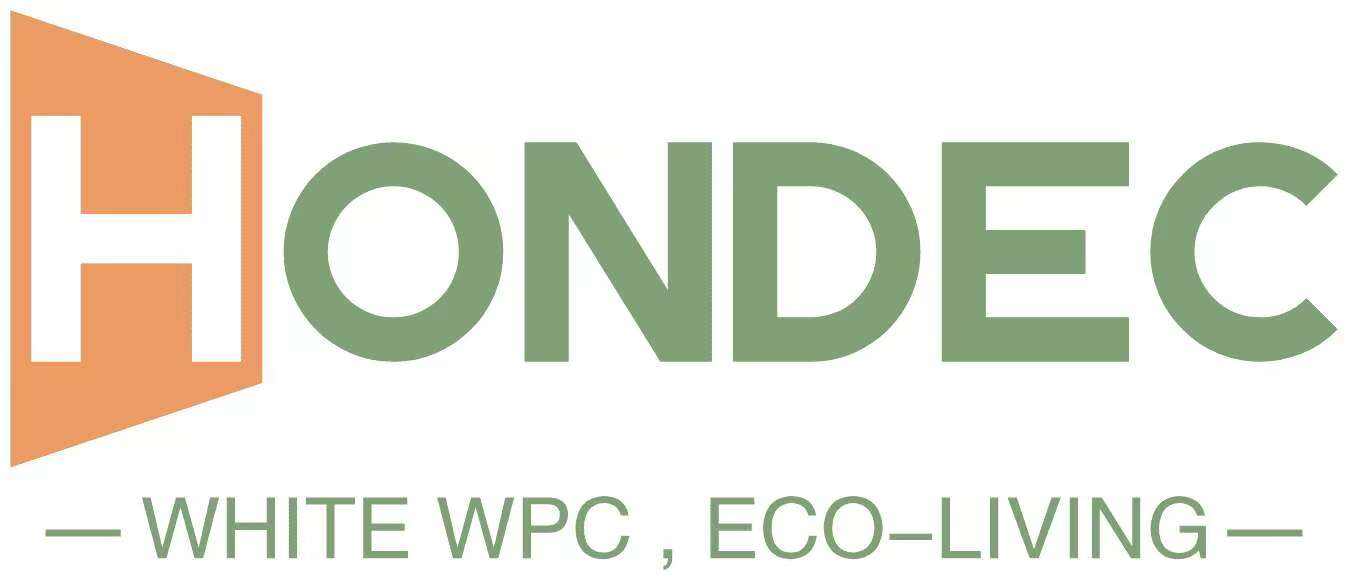Looking at PVC′s Eco-Footprint in the Building World
When discussing the eco-footprint of PVC in the construction industry, there are a number of key points to consider. PVC is derived from fossil fuels — finite, environmentally detrimental resources. Making PVC gives off greenhouse gases — gases that cause heat to be trapped in the atmosphere and contribute to global warming. Furthermore, the manufacturing of PVC can introduce harmful chemicals into the air and water, including dioxins and phthalates. Inevitably, those chemicals get into the water supplies, both for humans and animals, and cause health issues and problems with wildlife.
And its Environmental Impacts Are Shocking
Environmental Impact-PVC frames and doors have an environmental impact, which is widespread and as well as significantly long-lasting. PVC is made from a process that emits toxic pollutants to the air, water, and soil, which c... This pollution can be harmful to nearby plants, animals, and even people. One thing to note here is that, PVC is not biodegradable and hence doesn't decompose like other materials would. Rather, it can remain in waste dumps and the natural world for centuries, continuing to contribute to the problem of trash we are facing today.
Toward a Green Future: Unpacking the Environmental Debate
PVC has many negatives when considering the environmental impact, but there is also a discussion on its benefits. Proponents of PVC claim it is a low-cost, low-maintenance building material. They also claim that PVC provides energy savings in buildings as it insulates well and lowers heating and cooling costs. But it’s important to consider the benefits in context of the environmental costs associated with PVC.

 EN
EN
 AR
AR
 BG
BG
 HR
HR
 FR
FR
 DE
DE
 EL
EL
 HI
HI
 IT
IT
 JA
JA
 KO
KO
 NO
NO
 PL
PL
 PT
PT
 RO
RO
 RU
RU
 ES
ES
 CA
CA
 TL
TL
 IW
IW
 ID
ID
 LV
LV
 LT
LT
 UK
UK
 VI
VI
 SQ
SQ
 HU
HU
 MT
MT
 TH
TH
 TR
TR
 AF
AF
 MS
MS
 GA
GA
 CY
CY
 BE
BE
 BN
BN
 LA
LA
 NE
NE
 MY
MY
 XH
XH

